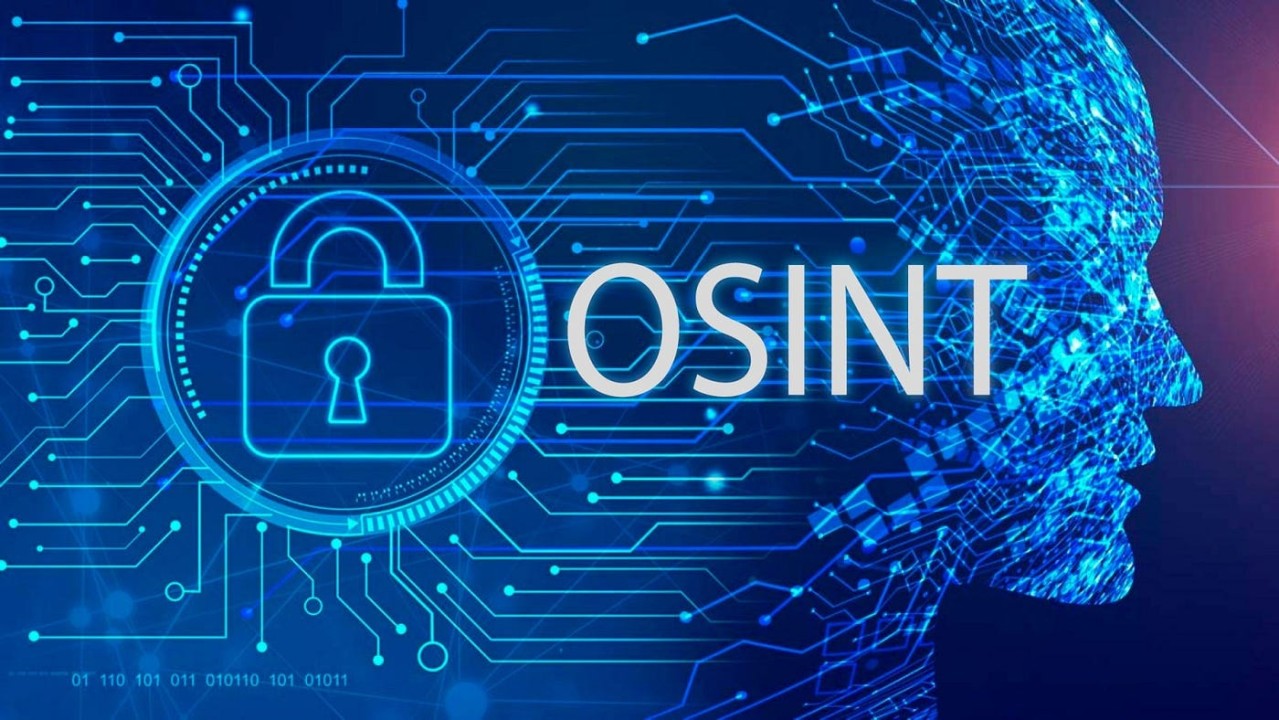In the realm of Open Source Intelligence (OSINT) gathering, China has been steadily advancing its capabilities, positioning itself as a formidable player on the global stage. This article delves into a detailed comparison of China's OSINT gathering efforts with those of other global powers.
China's OSINT Gathering Capabilities
Advanced Technological Infrastructure
China's OSINT gathering capabilities are underpinned by a vast and sophisticated technological infrastructure. The country has heavily invested in cutting-edge data collection and analysis tools. This investment has resulted in a robust and efficient OSINT ecosystem.
Cost-Effective Approach
One of China's strengths lies in its ability to gather OSINT at a relatively lower cost compared to other global powers. This cost-effectiveness is achieved through a combination of factors, including a large domestic talent pool, cost-efficient technology development, and government support.
Data Collection Efficiency
China has made significant strides in optimizing the efficiency of its data collection methods. Through extensive use of automated data scraping, web crawlers, and machine learning algorithms, China can process vast amounts of open-source information swiftly and accurately.
Budget Allocation
China allocates a substantial budget to its OSINT efforts, enabling continuous innovation and improvement. This budget allows for investments in research and development, training, and technology acquisition.
Comparison with Other Global Powers
United States
- Cost and Budget: The United States invests heavily in OSINT capabilities, with an extensive budget allocation. However, the cost of technology development and maintenance is relatively higher.
- Technological Advancements: The U.S. is at the forefront of technological innovation in OSINT, often pioneering new methodologies.
- Efficiency: While the U.S. is efficient in data analysis, it may not match China's cost-efficiency in data collection.
Russia
- Budget Allocation: Russia maintains a considerable budget for OSINT gathering, focusing on cyber capabilities.
- Technological Infrastructure: Russia has a robust technological infrastructure, although it may not be as advanced as China's.
- Data Collection Methods: Russia often relies on cyber espionage and hacking, which can be more covert but riskier than China's open-source methods.
European Union
- Collective Effort: EU member states collaborate on OSINT gathering, pooling resources and expertise.
- Cost and Efficiency: While the EU has a substantial budget, it faces challenges in cost-efficiency and coordination compared to China.

Conclusion
China's OSINT gathering capabilities are characterized by advanced technology, cost-effectiveness, and efficient data collection methods. When compared to other global powers like the United States, Russia, and the European Union, China's approach showcases strengths in budget allocation and efficiency, making it a prominent player in the field of open-source intelligence gathering.
For more insights into China's OSINT efforts, you can refer to the China Open Source Intelligence gathering reports. These reports provide in-depth analysis and updates on China's activities in the OSINT domain.